LATEST INSIGHTS
Your Present Location: LATEST INSIGHTSZamir Ahmed Awan: Pakistan's agricultural exports: Unlocking Chinese market for economic revival
Source: Minute Mirro Published: 2025-04-28
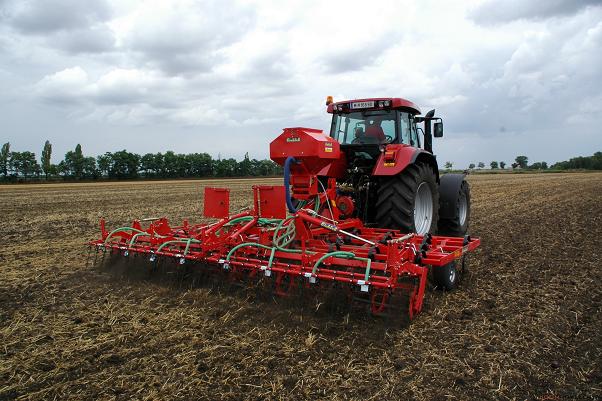
By Zamir Ahmed Awan
Sinologist at the National University of Sciences and Technology (NUST), Islamabad, Pakistan
Agriculture has long been the backbone of Pakistan’s economy. Contributing nearly 23% to the national GDP and employing over 37% of the labor force, the sector is not only a source of livelihood for millions but also a vital pillar for food security and rural development. In recent years, a promising trend has emerged: Pakistan’s agricultural exports are gaining visible traction, particularly in the Chinese market. This development holds transformative potential for narrowing the bilateral trade imbalance and revitalizing Pakistan’s economy.
China: An Unmatched Market Opportunity
China is often viewed as the “world’s factory,” being the largest exporter globally. Yet, what many overlook is that it is also one of the largest importers, especially of food and agricultural products. With a population exceeding 1.4 billion and a per capita GDP of over USD 12,000, China’s middle class is expanding rapidly. This demographic shift is boosting consumption, quality awareness, and demand for imported food products.
Today, China boasts the world’s highest purchasing power parity (PPP), exceeding USD 33 trillion (IMF, 2024). The average Chinese consumer, particularly in urban centers, demonstrates a willingness to pay premium prices for high-quality, traceable, and safe agricultural goods. Global brands from Europe, the United States, and even Southeast Asia enjoy robust demand in Chinese cities — a clear indication that market success in China hinges more on quality than price. This context presents a golden opportunity for Pakistani exporters.
A Promising Start:
Pakistan’s Agri-Exports to China Pakistan has made commendable strides in entering the Chinese market with its agricultural produce. According to the General Administration of Customs of the People’s Republic of China, bilateral agricultural trade between Pakistan and China exceeded USD 1.34 billion in 2023, showing double-digit growth from the previous year.
Several Pakistani products have started to gain popularity:
• Mangoes: Often referred to as the “king of fruits,” Pakistani mangoes are celebrated for their aroma and sweetness. In 2023, over 6,000 metric tons were exported to China, mainly via air cargo to preserve freshness.
• Cherries and Oranges: Pakistani kinnow mandarins and fresh cherries have found a niche market, especially in southern Chinese provinces.
• Dry Fruits: Pine nuts (chilgoza) from northern Pakistan are highly sought after in China. Pakistan exported pine nuts worth USD 58 million to China in 2023, making it the top destination for this high-value product.
• Sesame Seeds: This commodity has emerged as a strong performer, with exports increasing over 200% in the past three years. In 2023, Pakistan exported sesame seeds worth over USD 120 million to China.
• Red Chilies: Valued for their deep red color and unique pungency, Pakistani red chilies are increasingly used in Chinese hot-pot cuisine, enhancing culinary value.
• Rice: Pakistan’s Basmati and non-Basmati rice are well-liked in China for their aroma and cooking quality. Around 500,000 metric tons of rice were exported in 2023.
• Beef: After years of negotiation, Pakistan’s beef recently gained market access to China, signaling the beginning of another lucrative avenue.
• Donkey Meat: One of the most recent developments is the expected export of donkey meat from Pakistan to China.
While unconventional in Pakistan, donkey meat is considered a delicacy and a high-demand product in several parts of China, especially for traditional medicines and culinary uses. The export of processed and value-added donkey meat products offers Pakistan an untapped niche market. With proper breeding, veterinary care, and processing facilities, this emerging segment could open a new chapter in Pakistan’s livestock export industry.
These developments are particularly significant as they help address the chronic trade imbalance that has historically favored China. In 2023, Pakistan’s trade deficit with China stood at around USD 13 billion. By expanding agricultural exports, Pakistan is now taking a step in the right direction.
The Potential of Pakistan’s AgriculturePakistan is blessed with diverse agro-climatic zones, fertile plains, and an extensive irrigation system. It produces a variety of crops, fruits, and livestock products with competitive advantages in natural flavor, organic production, and low labor costs.Yet, despite this potential, only a fraction of Pakistan’s agricultural produce is export-oriented. Post-harvest losses, inadequate cold-chain infrastructure, lack of international certifications, and weak branding prevent Pakistani agri-products from reaching their full export potential.
However, with the right strategies, this can be changed.Recommendations for Boosting Agricultural Exports to China
Invest in Value Addition and PackagingMost of Pakistan’s agricultural exports are in raw or semi-processed form. Investing in value-added products such as dried fruits, fruit pulps, spice blends, frozen foods, and processed meats (like donkey meat) will enhance export earnings and shelf life.Enhance Product Quality and Compliance Chinese consumers place a premium on quality, safety, and traceability. Exporters must adopt internationally recognized certifications like GlobalG.A.P, HACCP, and ISO standards to meet Chinese import requirements and consumer expectations.
Develop Cold Chains and Logistics
To preserve freshness and reduce losses, investment in cold storage facilities, refrigerated transport, and efficient logistics is essential. Public-private partnerships can play a vital role in building this infrastructure.
Market Intelligence and Promotion
Pakistani exporters need detailed knowledge of Chinese consumer trends, regional preferences, and distribution channels. Trade expos, digital marketing, and brand promotion can create visibility and trust.
Strengthen Agri-Research and Extension
New seed varieties, modern irrigation methods, and crop protection techniques can significantly enhance yields and quality. Institutions like PARC and provincial agricultural universities must be better funded and aligned with market-driven goals.
Simplify Export Procedures and Offer Incentives
The government should streamline export documentation, reduce bureaucratic red tape, and offer targeted subsidies or tax breaks for certified exporters to encourage competitiveness.
Utilize CPEC Agri-Cooperation
Under the China-Pakistan Economic Corridor (CPEC), several agri-cooperation initiatives are underway, including agricultural demonstration zones and technology transfer projects. These should be accelerated and expanded.
Agriculture’s Role in Reviving the Economy
In an economy struggling with fiscal deficits, external debt, and currency depreciation, agriculture offers a ray of hope. It is labor-intensive, has low gestation periods, and creates linkages across various sectors — from transportation to retail. Enhancing export-oriented agriculture can generate much-needed foreign exchange, create rural employment, and foster inclusive growth.
If Pakistan succeeds in capitalizing on China’s demand and purchasing power, agricultural exports alone could contribute an additional USD 3–5 billion annually within the next five years — a substantial cushion for the country’s balance of payments.
Summary
The future of Pakistan’s agricultural exports is bright — if guided by strategic planning, quality assurance, and infrastructure development. China is not just a trading partner; it is a high-value market willing to pay top dollar for quality and reliability.
Pakistani entrepreneurs must move beyond the traditional mindset of bulk exports and embrace branding, innovation, and research. The government, in turn, must support this transformation with conducive policies and long-term planning. The Chinese market is open and welcoming. It is now up to Pakistan to seize this opportunity — not just to sell products, but to build lasting economic resilience through agriculture.



























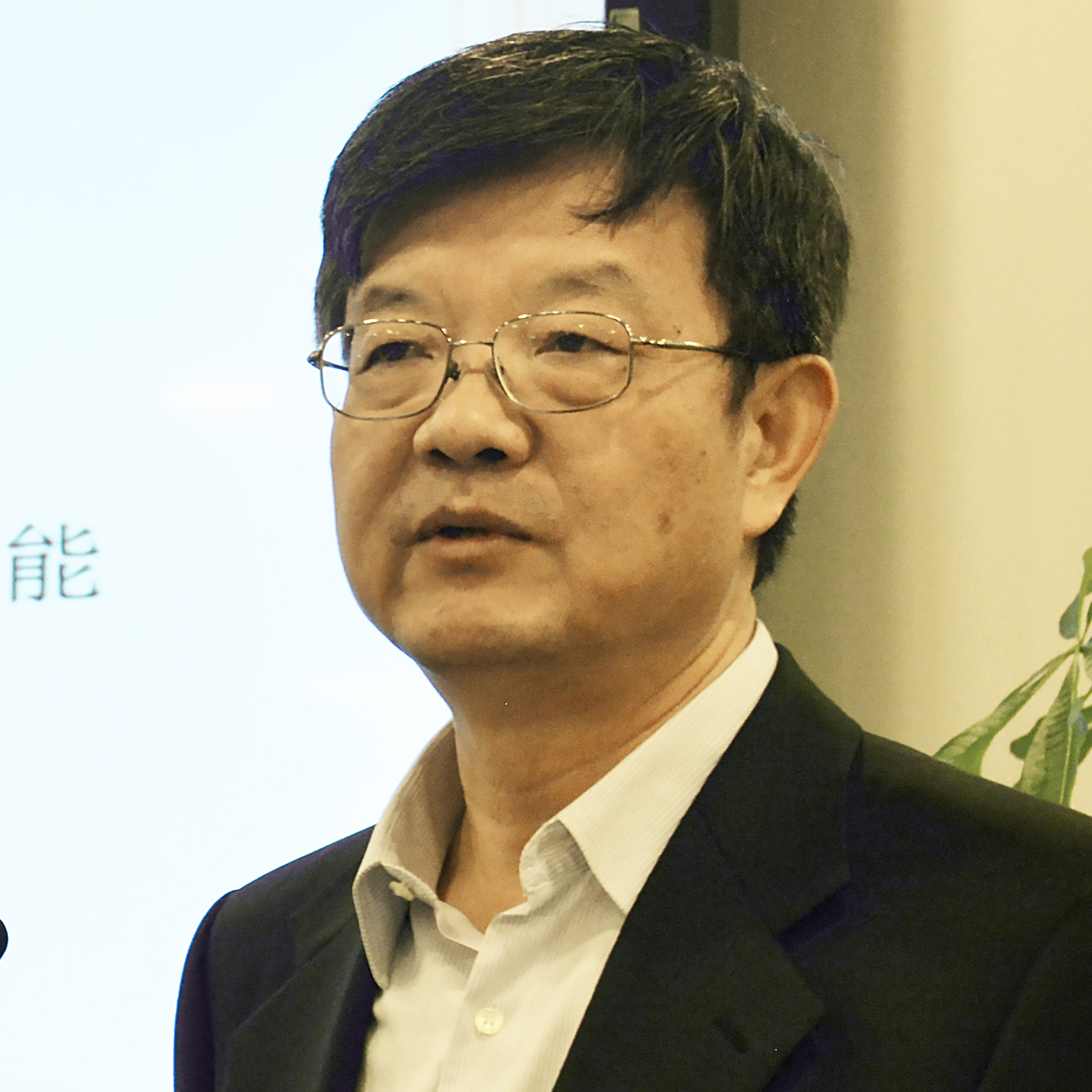





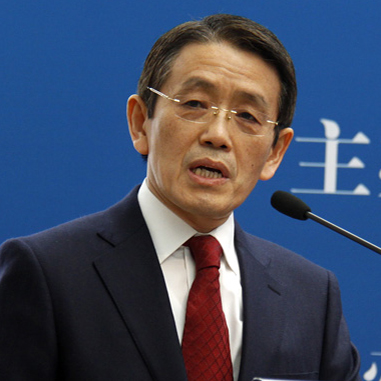

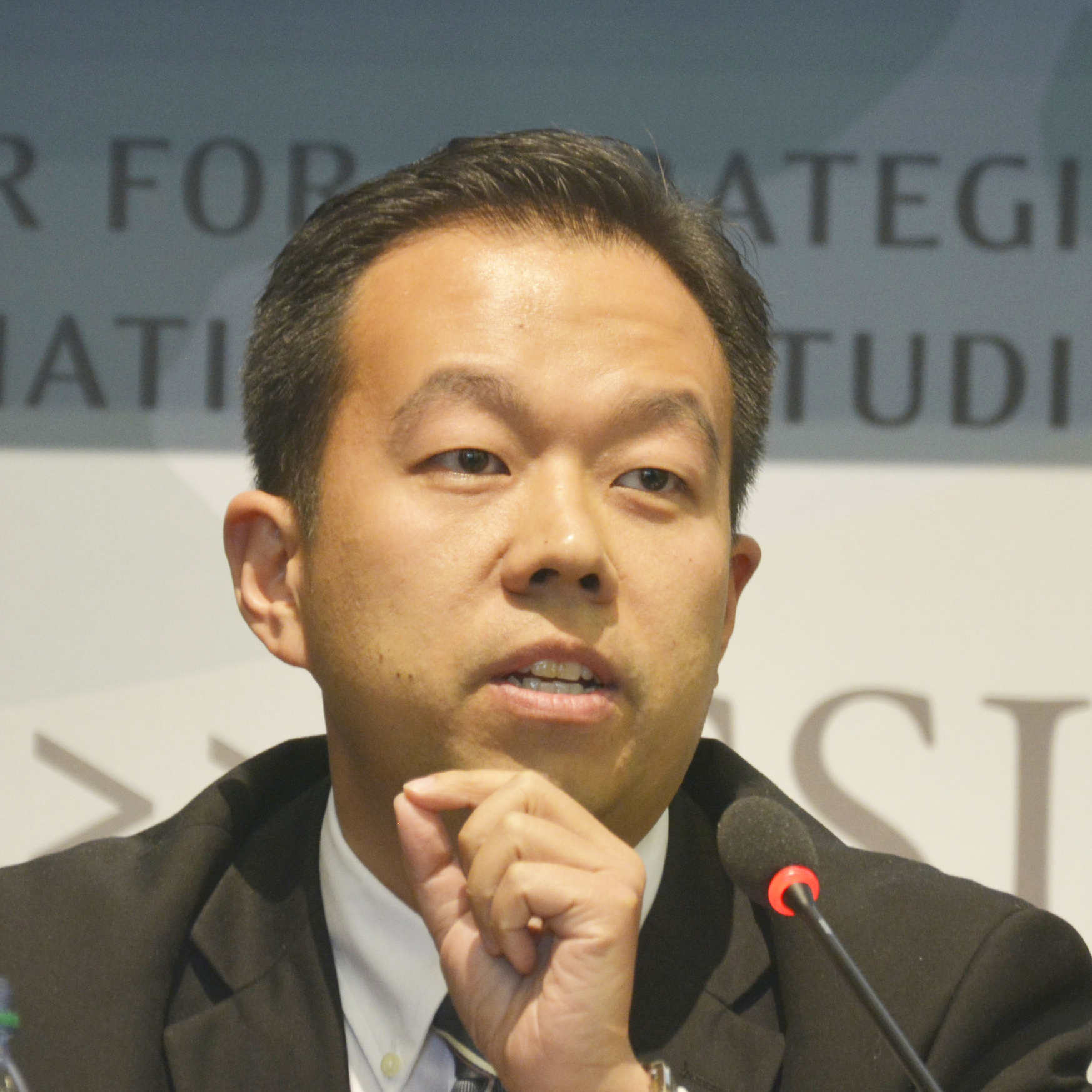

































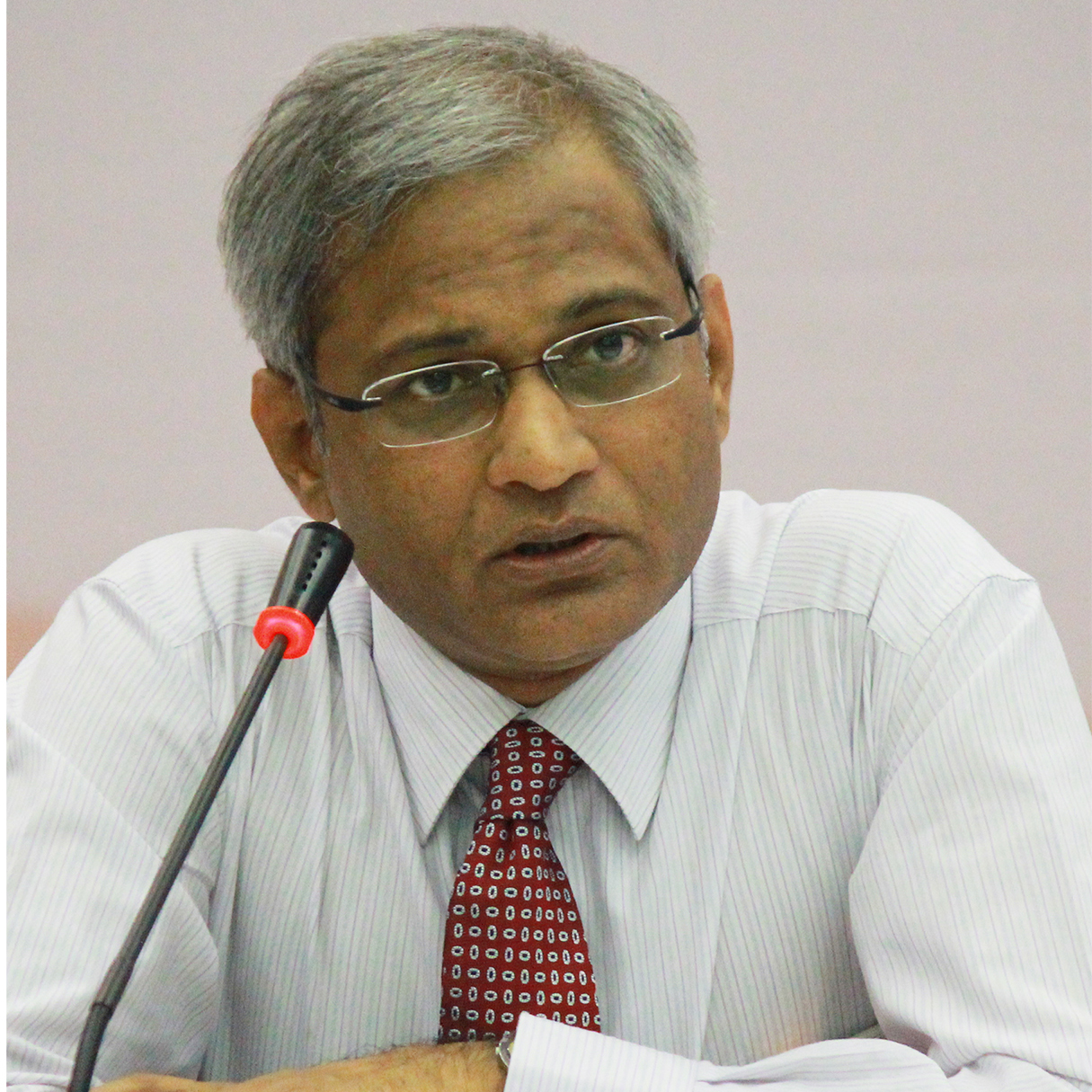

















 京公网安备 11010802037854号
京公网安备 11010802037854号





